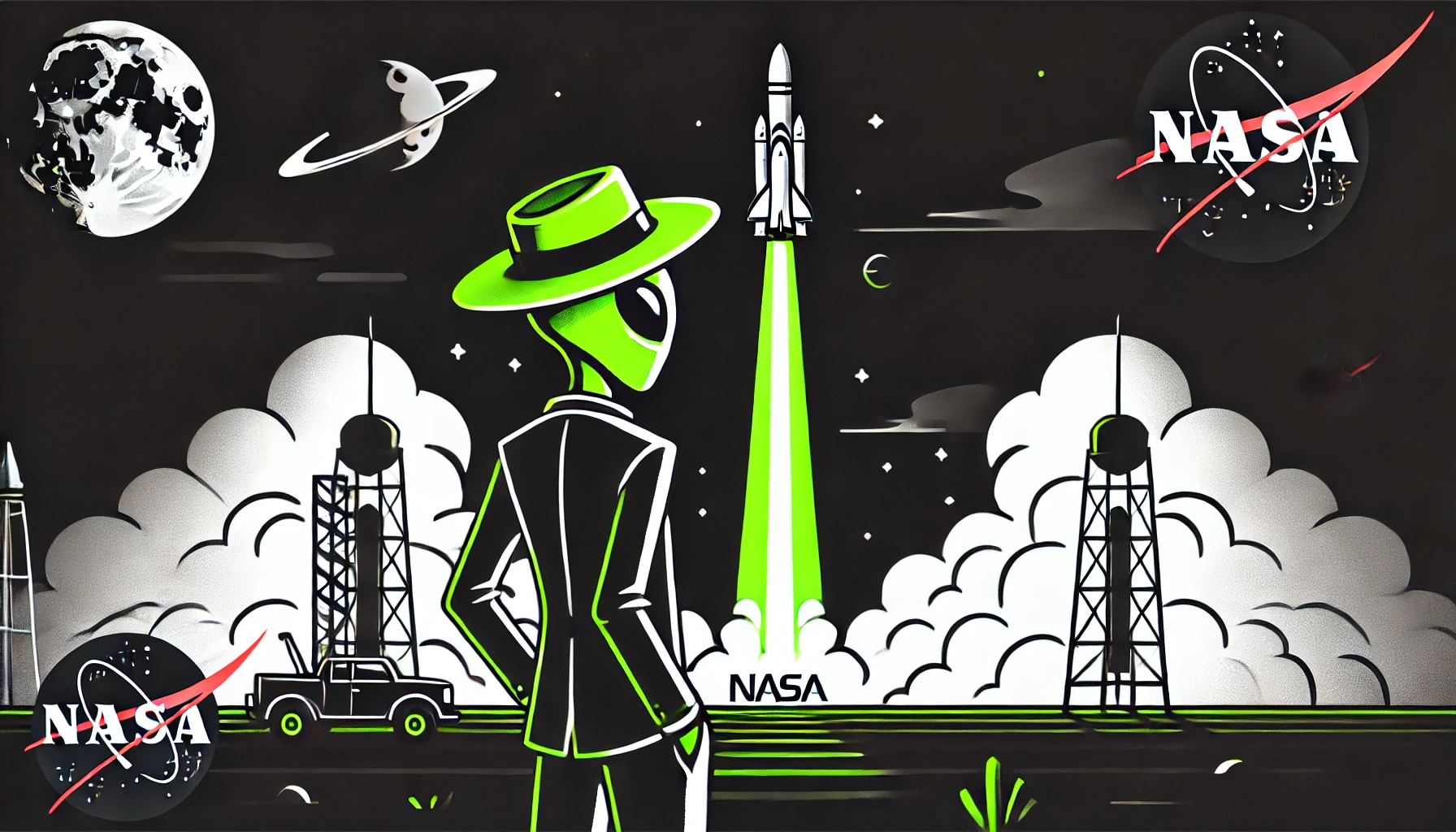NASA scientists have revealed a new study suggesting that alien life might be lurking beneath Mars’ ancient ice packs. This groundbreaking theory highlights how Martian ice may have acted as a protective shield, potentially supporting microbial life despite the planet’s harsh conditions. For further details, the full findings can be explored here in the original article published by Daily Mail.
- NASA’s latest study theorizes that ancient ice layers on Mars could provide an ideal environment for microbial life by blocking harmful cosmic radiation while allowing sunlight to penetrate through pockets of dusty ice.
- Computer models predict that cryoconite holes, where dust mixes with ice, may support photosynthesis, creating conditions similar to Earth’s environments where life thrives in glacial melt pools.
- Researchers emphasize the mid-latitude regions on Mars as prime areas to search for life, proposing that dusty ice exposures may harbor the right conditions for alien organisms to survive beneath the Martian surface.
NASA’s latest research, led by Dr. Aditya Khuller, suggests that the ancient ice layers on Mars may harbor the most accessible locations for extraterrestrial life. By examining the way dust particles interact with ice, the study shows how photosynthesis might occur in these icy environments. This phenomenon, observed in similar glacial regions on Earth, creates cryoconite holes—small pools where life can thrive even under extreme conditions.
The team’s computer modeling, which integrates data from NASA’s Phoenix Mars Lander and Mars Reconnaissance Orbiter, simulates how sunlight penetrates these icy environments. Results indicate that the dust content in Martian ice could create conditions favorable for microbial life, specifically at depths where ultraviolet radiation is reduced, and light is sufficient for photosynthesis. According to Dr. Khuller, Martian ice containing higher dust levels could still support life at shallow depths, making it an ideal target for future Mars missions.
Dr. Khuller and his team caution that while the presence of dusty ice is promising, Martian ice varies in its dust content, which could impact the depth and viability of life-sustaining conditions. The models show that ice at mid-latitudes—where conditions may be more stable—could potentially harbor life at depths ranging from 2 to 3 meters below the surface. Despite these challenges, researchers remain optimistic about locating and analyzing these life-supporting regions.

Adding complexity to this discovery is Mars’ dual ice types: water ice and carbon dioxide ice, also known as dry ice. The study outlines how Martian water ice could act as a liquid reservoir if sufficiently shielded by layers of dust and snow. However, the scientific community remains divided on whether water ice melts into liquid form or sublimates directly into vapor under Mars’ thin atmosphere. Dr. Khuller admits that retrieving samples from these dusty ice regions for further analysis remains a priority for upcoming Mars missions, but he emphasizes the need for improved simulations and lab-based research to refine these findings further.
Ultimately, this study narrows down Mars’ vast terrain, suggesting that the most promising areas for finding life are in its mid-latitudes. Dr. Khuller and his colleagues are actively working on next-generation computer models and laboratory simulations to pinpoint where and when these ice exposures could be melting, providing scientists with a clearer path for future exploration and discoveries on the Red Planet.
| Term | Definition |
|---|---|
| NASA | The United States government agency responsible for space exploration and related research. |
| Mars | The fourth planet from the Sun, often called the Red Planet due to its reddish appearance. |
| Cryoconite | Dark dust and particles found on glaciers, capable of melting ice and forming holes where life can thrive. |
| Photosynthesis | A process used by plants and other organisms to convert light into energy, potentially occurring on Mars. |
| Mars Reconnaissance Orbiter | A spacecraft designed to study Mars’ climate and geology, providing crucial data for the NASA study. |
| Glacier | Large masses of ice that form from accumulated snow, often acting as habitats for microorganisms. |
| Microbial Life | Microscopic organisms that could potentially exist on Mars under its icy surfaces. |
| Sublimation | The transition of a substance from solid to vapor without becoming liquid; debated in the context of Martian ice. |
Read More at UFOHeadlines.com
